1. ChocolART Festival, Tübingen, November 29th to December 4th
If you have a sweet tooth, then you don’t want to miss Germany’s largest chocolate festival in Tübingen, southwest Germany.
The open-air market in the Old Town offers chocolate delicacies from around the world as more than 100 top international chocolatiers and manufacturers from Africa, South and North America and Europe present their wares.
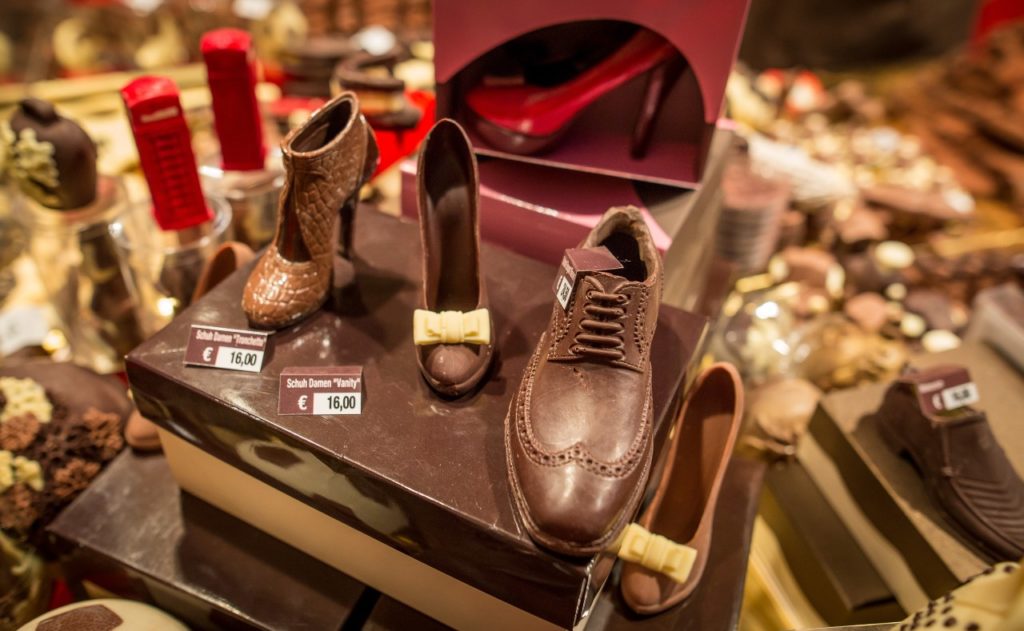
Chocolate lovers can take part in chocolate tastings, creative praline courses, artistic cocoa paintings, chocolate-making classes, chocolate massages and chocolate art exhibitions.
Entry is free, meaning you can spend more money on the tasty delights on offer.
2. Cologne Christmas Circus – December 2nd to January 8th
The Cologne Christmas Circus is returning to its magnificently decorated palace tent at the Messekreiselfor in Köln for its seventh year this December.
More than 40 artists from all over the world will put on a dazzling show of daring feats, acrobatics, ballet and classical circus acts in a two-and-a-half-hour show for the whole family.
Similarly, the Roncalli Christmas Circus will return to Berlin’s Tempodrom this year, from December 17th to January 2nd.
3. Dresdner Stollenfest – December 3rd

The people of Dresden take things pretty seriously when it comes to Stollen – a German fruit bread coated in sugar and traditionally eaten at Christmas. So much so, every year, the city celebrates Stollenfest on the second Saturday of Advent.
READ ALSO: German Advent word of the day: Der Stollen
A special attraction this year will be the show bakery at the Striezelmarkt, where Dresden Christmas Stollen will be baked live in front of an audience. There will also be the traditional parade, led by the Dresden Stollen Girl as the representative of the Dresden Christstollen brand and patron of the festival. Sadly, there will be no giant Stollen featuring in the parade this year, but instead, 588 copies of a special edition one-kilo Stollen will be auctioned.
4. Gengenbach Rathaus Adventkalendar – Novmber 30th to December 23rd
With its 24 windows, the Rathaus (town hall) in the town of Gengenbach, Baden Wurttemberg is transformed into the world’s largest advent calendar.
READ ALSO: How do Germans celebrate Christmas?
Up to 120,000 visitors descend on the town every year to watch the ritual of the window opening – as each evening a new artwork is unveiled in one of the backlit windows. The unique spectacle is accompanied by music and games, and visitors can also take a stroll through the Advent market and to the Museum Haus Löwenberg, where exhibitions are presented to match the artworks in the Advent calendar.
5. Krampuslauf, Munich – December 11th
If you want to see a centuries-old German tradition in action, then make sure you go to the Krampus run in Munich on December 11th.
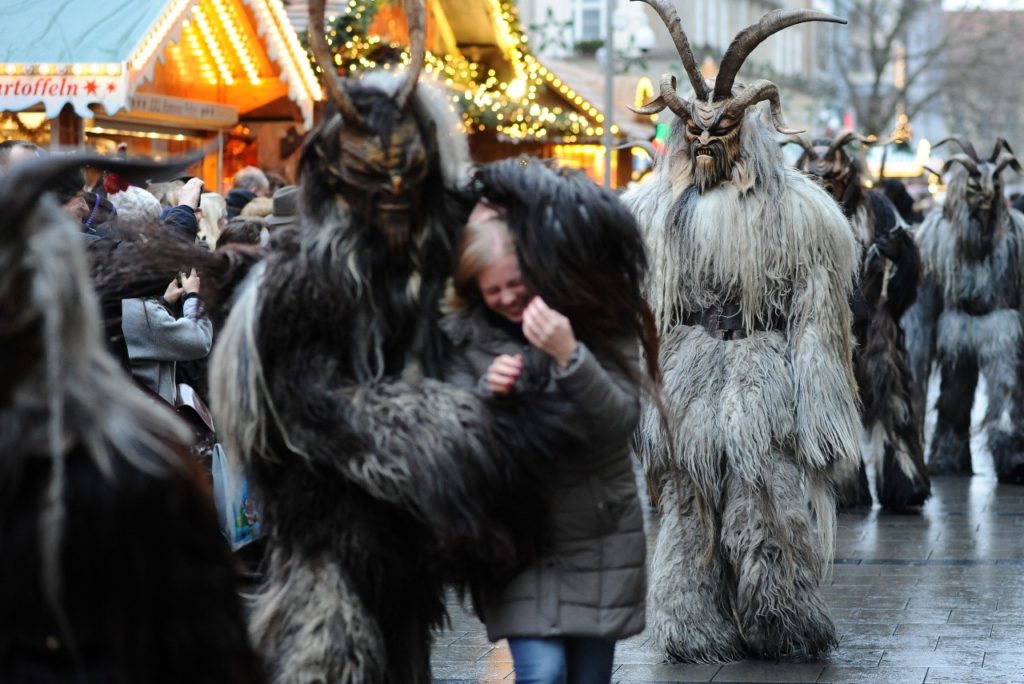
Niklaus – the feast of St. Nicholas, is celebrated all over Germany on December 6th, but in many regions in the south of the country, the evil Krampus figure comes out to punish naughty children the evening before.
Many towns and cities have a Krampuslauf – a Krampus run – in which performers dressed in scary costumes with carved wooden masks, huge horns and long hair parade through the streets.
The most famous of these takes place in the Munich Christmas Market in Marienplatz and, this year will take place from 3 pm to 5 pm on December 11th. The Krampus and his entourage might look scary, but the parade is actually a lot of fun.
6. Christmas Markets
No list of things to do in December in Germany would be complete without a mention of Christmas markets – and this year, there are around 3000 taking place up and down the country, from late November to the end of December.
Some highlights include the Aachen Christmas market – where the air is filled with the scent of mulled wine and Aachener Printen – a special type of gingerbread. For the four weeks before Christmas, the squares and lanes around Aachen Cathedral and the town hall are transformed into a Christmas village.
The Christmas Market in Mainz, Rhineland-Palatinate, is another highlight. Set against the historic backdrop of the 1000-year-old St. Martin’s Cathedral, the Mainz Christmas Market has been shining with festively decorated stalls for over 200 years. The colourful Renaissance facades of the historic market houses are particularly beautiful to see at this time of year.
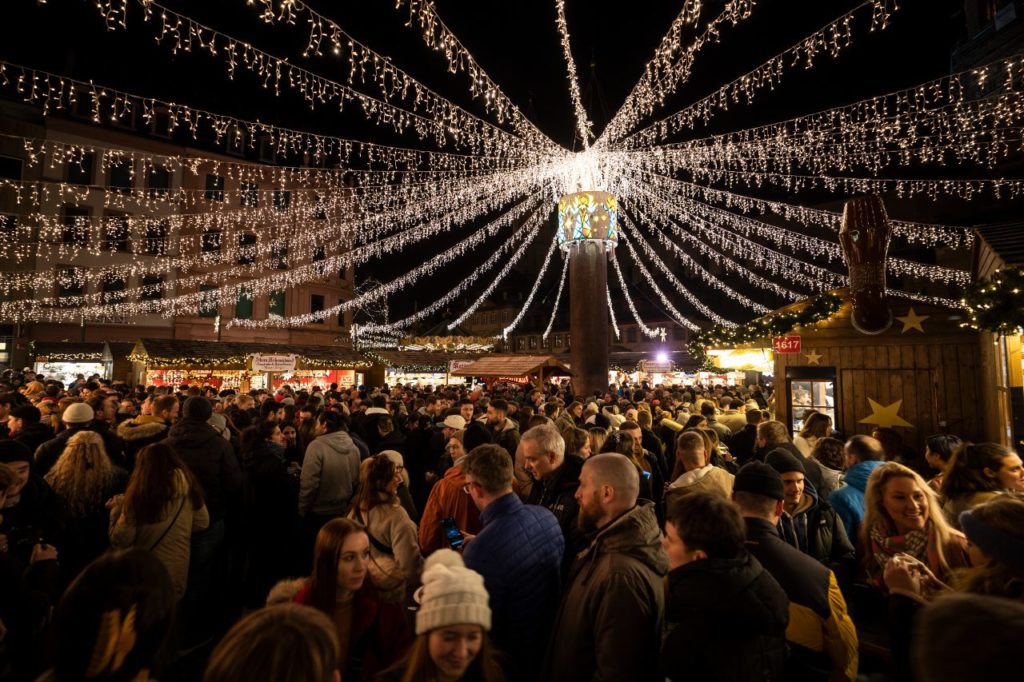
You can read about more of our top Christmas market picks for 2022 here:
- 8 of the quirkiest Christmas markets in Germany
- Seven unmissable Christmas markets that open this week in Germany
7. Christmas Carol Concerts
Nothing can get you in the mood for Christmas quite like a Christmas Carol concert and there are plenty to choose from up and down the country.
On December 18th, the Düsseldorf Police Choir puts on a mix of traditional, classical and modern Christmas music in its traditional Christmas concert at the Tonhalle in Düsseldorf.
READ ALSO: Five Christmas songs to improve your German language skills
On December 22nd, the Berlin Rundfunk Choir will put on a special programme of Christmas choral works from Ukraine in the Berlin Cathedral.
On December 24th – Heiligabend – the Cologne Cathedral Choir, the Girls’ Choir at Cologne Cathedral and the brass section of the Cologne Cathedral Orchestra will out on an atmospheric and contemplative musical programme for the whole family.
8. New Year’s Eve parties, December 31st
After two years of Covid, New Year’s Eve in Germany is set to be back with a bang this December – especially as the ban on fireworks will be lifted.
However, the New Year’s Eve party at Berlin’s Brandenburg Gate will take place without fireworks this year – instead, there will be light projections made with the help of the producers of the “Festival of Lights”.

The number of visitors has also been limited, and only around 2,400 people will be able to attend with a pre-booked ticket. These will gon on sale on December 1st.
READ ALSO: Will Berlin bring back fireworks after two years of New Year’s Eve bans?
Fireworks are set to make a return at the public celebrations in Munich this year and can be seen from Olympiaberg, Friedensengel and Marienplatz. The Tollwood New Year’s Eve party, which starts at 7 pm, has live music performances.
Public fireworks displays will also be in Stuttgart and on the Islands of Usedom and Rügen this year.

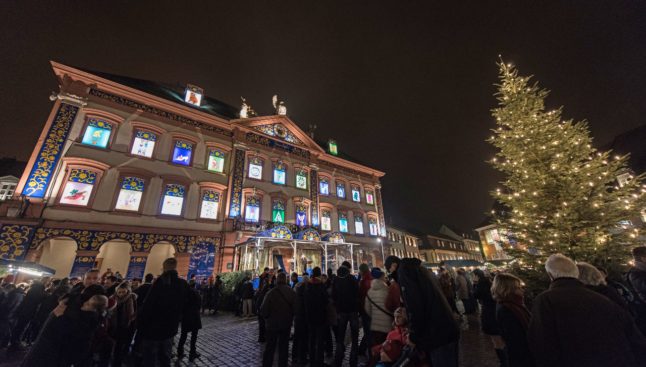
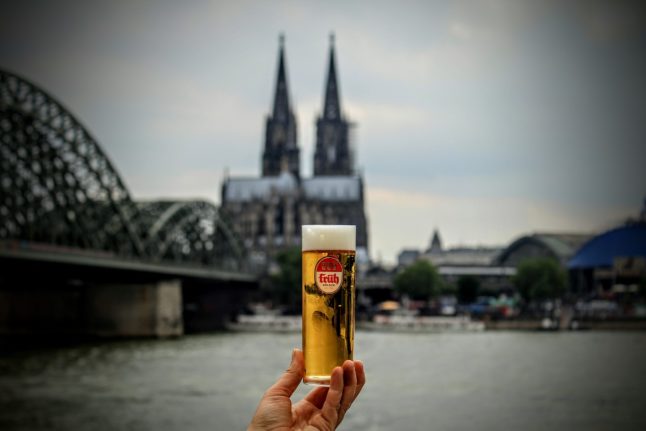

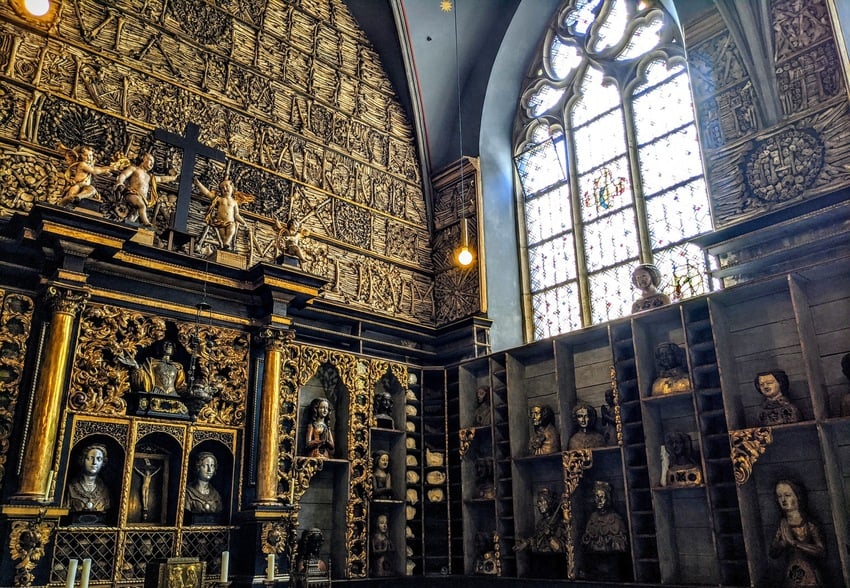

 Please whitelist us to continue reading.
Please whitelist us to continue reading.
Member comments